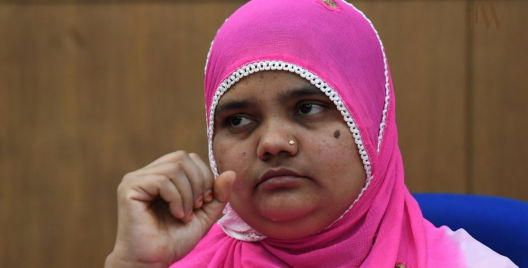The starting point of the Hijab Row:
The issue is not a recent one, and rather started almost more than a month ago. In December last year, 6 girls were banned from entering their classrooms at a Government Pre-University (PU) college in Udupi, because they were wearing a Hijab, a head-cover, generally adorned by Muslim women. The 6 students then went onto to sit outside the college in protest on December 31st, having been denied entry.
Following this incident, a group of boys from the Government PU College in Kundapur, wore saffron shawls in protest of some girls attending classes wearing Hijab. This was the point where other educational institutions started getting involved in this issue.
Meanwhile, the 6 girls from the Udupi college filed a Writ Petition with the Karnataka High Court, asking for their fundamental right to wear a hijab while attending classes in college. However, time and again, all the leaders in Udupi and Kundapura, have been telling the students, both Muslims and Hindus, to abide by the dresscode provided by the educational insitution, atleast till the High Court hears the case and produces a verdict.
Is it against the Fundamental Right to Religion?
Article 25(1) of the Constitution guarantees the “freedom of conscience and the right freely to profess, practice and propagate religion”. It is a right that guarantees that the state shall not interefere in their freedom to practice their religion. However, like all fundamental rights, the state can restrict the right for grounds of public order, decency, morality, health and other state interests.
The argument placed forth by most educational institutions in this matter is that uniform rules are brought about to maintain equality in an educational institution. They have also said that for years now, many educational institutions have barred the wearing of religious symbols and identity, to avoid communal conflict. They argue that the situation has blown beyond control because some students, both Hindus wearing Saffron shawls and Muslims wearing Hijab, have decided to flout uniform norms.
How bad is the situation in Karnataka now?
Incidents of stone-pelting and violence were reported from various parts of the state. Police reportedly resorted to lathi-charge to quell up the mob, which began pelting stones at Pre-University Colleges in various districts of the state.
According to sources, many students were injured in the stone-pelting incidents. Additional police forces have been deployed and section 144 has been imposed in various places in Karnataka to avoid any untoward incidents.
The High Court has already had the first hearing of the case. The subsequent hearing is scheduled for today. The judgement of the High Court is going to be a major decision-maker in destining how the peace of the state is going to be restored.















